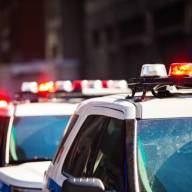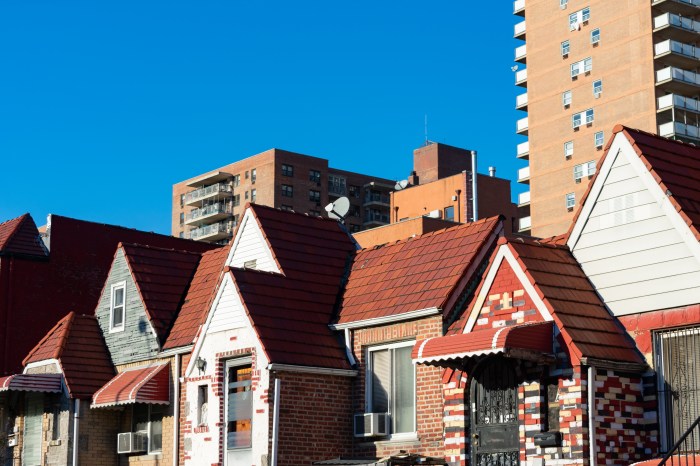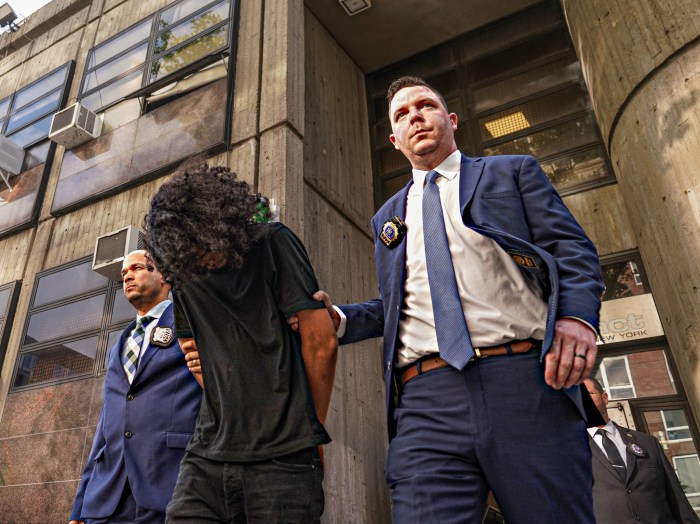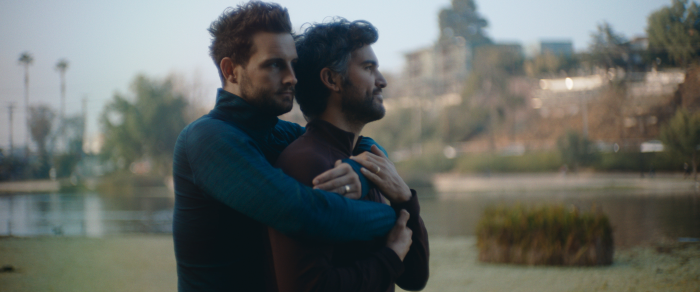FACT: In 1938, a massive hurricane known as the Long Island Express missed Manhattan by only 55 miles, a narrow escape in meteorological terms. A similar storm today could cause damages in the tens of billions of dollars.
FACT: Computer-generated models show that a Category 5 storm, with winds as high as 155 mph, would swamp much of Long Island’s south shore.
FACT: A September 1821 hurricane lifted the tide 13 feet in an hour, with the East and Hudson rivers converging over lower Manhattan as far north as Canal Street.
- ProtectingNewYork.org
The devastation caused by the recent hurricanes have homeowners throughout Queens and the city, especially those with residences in coastal areas, asking: Could it happen here?
Due to regional geography, hurricanes in New York, though infrequent, can do far more damage than hurricanes of similar strength in the southern United States. With sustained winds of 74 mph or greater, hurricanes can flatten buildings, topple trees and turn loose objects into deadly projectiles.
“It’s important New Yorkers take the time to prepare. If you live within a coastal area, it is more likely that you will be directed to evacuate before a severe coastal storm or hurricane,” said Krista Conte, Allstate Insurance Company spokesperson in New York.
“We believe there is a genuine need to better prepare and protect New Yorkers, and we hope to continue to cultivate awareness to this critical issue by working with our network of Allstate agencies statewide, state legislators, and the Coalition to Protect and Prepare New York.”
Allstate is a charter member of ProtectingNewYork.org, a local chapter of the Coalition to Protect and Prepare America. The Coalition continuously works on comprehensive, integrated approaches that will help make residents of the state better prepared and more protected, specifically increasing the capacity for providing financial assistance to victims of large-scale catastrophes, improving prevention and mitigation programs, and refining processes for recovery and reconstruction.
Additionally, Allstate is using its network of nearly 1,000 agencies statewide to speak with customers about the following vital storm preparation and safety tips:
PREPARATION TIPS
Learn about formal community disaster preparedness plans.
Develop a family response plan that includes contact numbers and a meeting spot.
Contact your local American Red Cross Chapter for your evacuation routes.
Get a list of the nearest shelters.
Keep portable and battery-operated radios with extra batteries accessible.
Assemble a family-specific first aid kit.
Prepare a disaster supply kit including: a three-day supply of water; ready-to-eat non-perishable foods; a manual can opener; paper plates, cups and disposable utensils; personal hygiene items; a change of clothing - including extra shoes and rain gear; blankets and/or sleeping bags; special needs items for each family member; cash, travelers checks or a credit card and a flashlight with new batteries.
Organize important paperwork in waterproof containers.
Prepare a videotaped inventory of your personal property.
Teach family members when and how to shut off utilities.
Trim dead or weak branches from trees.
Review your insurance policies to ensure that you have adequate coverage.
For Allstate customers, report your loss to your Allstate agent directly, file your claim online or call a catastrophe specialist at 1-800-54-STORM.


































